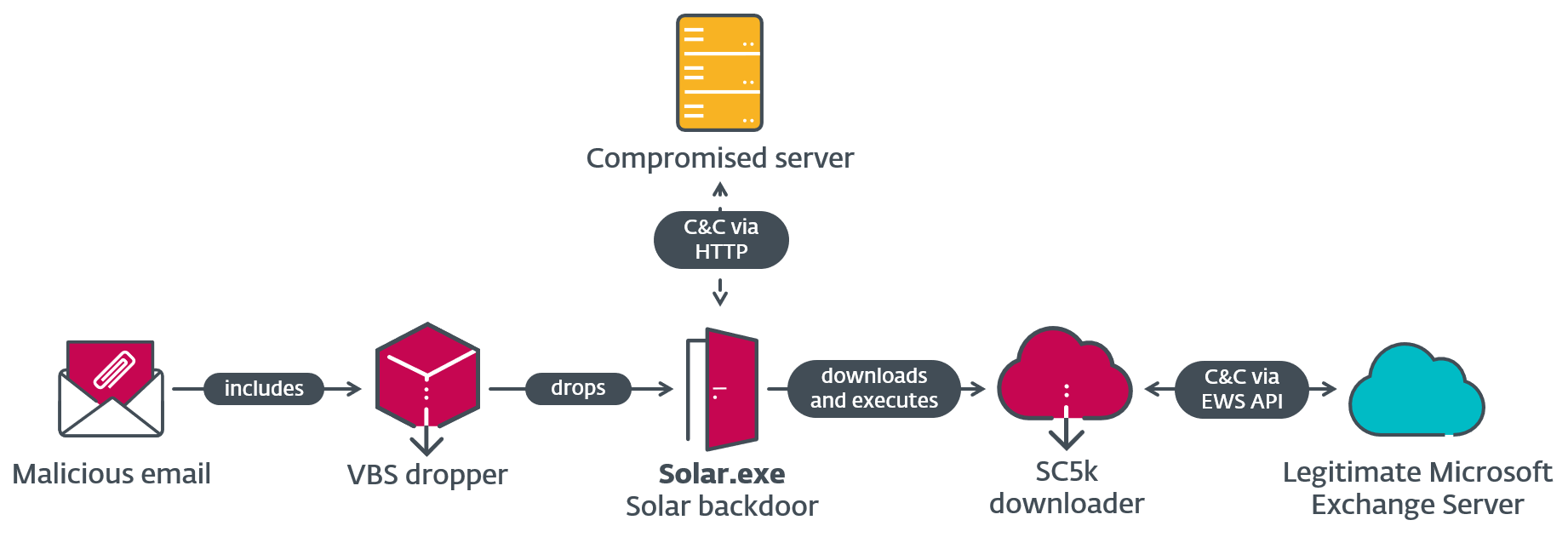
Researchers Slot Gacor Hari Ini at net coding safety firm SALT simply printed an enchanting description of how they discovered an authentication bug dubbed CVE-2023-28131 in a well-liked on-line app-buildin toolkit often called Expo.
The excellent news is that Expo responded actually shortly to SALT’s bug report, arising with a repair inside just some hours of SALT’s accountable disclosure.
Luckily, the repair didn’t depend on prospects downloading something, as a result of the patch was carried out inside Expo’s cloud service, and didn’t require patches to any pre-installed apps or client-side code.
Expo’s advisory not solely defined what occurred and the way the corporate fastened it, but in addition provided programming recommendation to its prospects on learn how to keep away from this type of doable vulnerability with different on-line providers.
SALT then waited three months earlier than publishing its report, relatively than speeding it out for publicity functions as quickly because it might, thus giving Expo customers an opportunity to digest and act upon Expo’s response.
Protecting it easy
The buggy authentication course of is defined intimately in SALT’s report, however we’ll current a drastically simplified description right here of what went incorrect in Expo’s OAUTH service.
OAUTH, brief for Open Authorization Framework, is a course of that permits you to entry non-public knowledge in a web based service (akin to enhancing your on-line profile, including a brand new weblog article, or approving an online service to make social media posts for you), with out ever organising a password with, or logging straight into, that service itself.
While you see net providers that give you a Login with Google or Fb possibility, for instance, they’re virtually all the time utilizing OAUTH within the background, so that you just don’t must create a brand new username and a brand new password with one more web site, or give your cellphone quantity out to one more on-line service.
Strictly talking, you authenticate not directly, solely ever placing your Google or Fb credentials into a type of websites.
Some customers don’t like this, as a result of they don’t need to authenticate to Google or Fb simply to show their id to different, unrelated websites. Others prefer it as a result of they assume that websites akin to Fb and Google have extra expertise in dealing with the login course of, storing password hashes securely, and doing 2FA, than a boutique web site that has tried to knit its personal cryptographic safety processes.
Outsourced authentication
Tremendously simplified, an OAUTH-style login, by way of your Fb account to a web site known as instance.com, goes one thing like this:
- The positioning
instance.comsays to your app or browser, “Good day, X, go and get a magic entry token for this web site from Fb.” - You go to a particular Fb URL, logging in for those who haven’t already, and say, “Give me a magic entry token for
instance.com.” - If Fb is happy that you’re who you declare, it replies, “Good day, X, right here is your magic entry token.”
- You hand the entry token to
instance.com, which might then contact Fb itself to validate the token.
Word that solely Fb sees your Fb password and 2FA code, if wanted, so the Fb service acts as an authentication dealer between you and instance.com.
Behind the scenes, there’s a ultimate validation, like this:
- The positioning
instance.comsays to Fb, “Did you concern this token, and does it validate consumer X?” - If Fb agrees, it tells
instance.com, “Sure, we take into account this consumer to be authenticated.”
Subvertible sequence
The bug that the SALT researchers discovered within the Expo code could be triggered by maliciously subverting Expo’s dealing with of what you may name the “authentication brokerage” course of.
The important thing factors are as follows:
- Expo itself provides a wrapper across the verification course of, in order that it handles the authentication and the validation for you, finally passing a magic entry token for the specified web site (
instance.comwithin the alternate above) again to the app or web site you’re connecting from. - The parameters utilized in dealing with the verification are packed into a giant URL that’s submitted to the Expo service.
- One in every of these parameters is saved quickly in an online cookie that specifies the URL to which the ultimate magic safety token shall be despatched to allow entry.
- Earlier than the safety token is delivered, a popup asks you to confirm the URL that’s about to be authorised, so you may catch out anybody making an attempt to substitute a bogus URL into the login course of.
- In the event you approve the popup, Expo redirects you to the Fb verification course of.
- If Fb approves the verification, it returns a magic entry token to the Expo service, and Expo passes it on to the URL you simply permitted within the popup, dubbed the
returnURL. - The app or web site listening on the specified
returnURLreceives Expo’s callback, acquires the entry token, and is subsequently authenticated as you.
Sadly, the SALT researchers discovered that they may subvert the login course of by utilizing JavaScript code to set off entry to the preliminary Expo login URL, however then killing off the verification popup earlier than you had time to learn it or approve it your self.
At this level, nonetheless, Expo’s service had already set a cookie named ru (brief for returnURL) to inform it the place to name again together with your magic entry token on the finish.
This meant {that a} cybercriminal might trick Expo’s code into “remembering” a returnURL akin to https://roguesite.instance, with out you ever seeing the dialog to warn you that an assault was beneath method, not to mention approving it by mistake.
Then the researchers used a second chunk of JavaScript code to simulate Expo’s redirect to Fb’s verification course of, which might mechanically succeed if (like many individuals) you have been already logged into Fb itself.
Facebooks’s verification, in flip, would redirect the Expo login course of again into Expo’s personal JavaScript code…
…which might trustingly however erroneously seize the never-actually-verified returnURL for its callback from that magic ru cookie that it set initially, with out your approval or information.
Fail open or fail closed?
As you may see from the outline above, the vulnerability was attributable to Expo’s code failing inappropriately.
Authentication code ought to typically fail closed, within the jargon, which means that the method mustn’t succeed until some type of lively approval has been signalled.
We’re guessing that Expo didn’t intend the system to fail open, provided that SALT’s report reveals that its popup approval dialog seemed like this:
The app at https://roguesite.instance is asking you to signal into your Fb account. Do you absolutely belief https://roguesite.instance and comply with let it: [No] [Yes]
The default reply, as you’ll anticipate, was set to [No], however this might solely trigger the system to fail closed for those who religiously used Expo’s personal client-side code to manage the verification course of.
By supplying their very own JavaScript to run the sequence of verification requests, the researchers have been capable of deal with the approval dialog as if it had stated:
In the event you do not explicitly inform us to block https://roguesite.instance from logging in by way of your Fb account, we'll let it achieve this: [Allow] [Block]
The answer, amongst different adjustments, was for Expo’s preliminary login code to set that magic ru cookie solely after you’d explicitly permitted the so-called returnURL, in order that Expo’s later JavaScript login code would fail closed if the verification popup was skipped, as a substitute of blindly trusting a URL that you just had by no means seen or permitted.
In some ways, this bug is much like the Belkin Wemo Sensible Plug bug that we wrote about two weeks in the past, although the basis trigger in Belkin’s case was a buffer overflow, not a rogue net callback.
Belkin’s code allotted a 68-byte reminiscence buffer in its server-side code, however relied on checking in its client-side code that you just didn’t attempt to ship greater than 68 bytes, thus leaving the server on the mercy of attackers who determined to speak to the server utilizing their very own client-side code that bypassed the verification course of.
What to do?
- When reporting and writing up bugs, take into account following SALT’s example. Disclose responsibly, giving the seller an inexpensive time to repair the vulnerability, plus an inexpensive time to advise their very own customers, earlier than publishing particulars that might permit anybody else to create an exploit of their very own.
- When receiving bug stories, take into account following Expo’s example. Reply shortly, preserve involved with the reporter of the bug, patch the vulnerability as quickly as you may, present a useful investigative report on your customers, and preserve it goal. (Resist your advertising crew’s options to reward your self for “taking safety critically” or to dismiss the problem as unimportant. That’s on your customers to resolve, based mostly on the promptness and the pertinence of your response, and their very own evaluation of the chance.)
- Be certain that your authentication code fails closed. Be sure to don’t have verification or approval steps that may be neutralised just by ignoring or cancelling them.
- By no means asssume that your personal client-side code shall be in charge of the verification course of. Presume that attackers will reverse-engineer your protocol and create shopper code of their very own to avoid as many checks as they will.
- Logout of net accounts whenever you aren’t actively utilizing them. Many individuals login to accounts akin to Google, Amazon, Fb, Apple and others, after which keep logged in indefinitely, as a result of it’s handy. Logging out prevents many actions (together with authentications, posts, likes, shares and rather more) from taking place whenever you don’t anticipate them – you’ll see a login immediate as a substitute.
Don’t neglect that by logging out of net providers at any time when you may, and by clearing all of your browser cookies and saved net knowledge often, you additionally cut back the quantity of monitoring info that websites can gather about you as you browse.
In spite of everything, for those who aren’t logged in, and also you don’t have any monitoring cookies left over from earlier than, websites now not know precisely who you might be, or what you probably did final time you visited.





